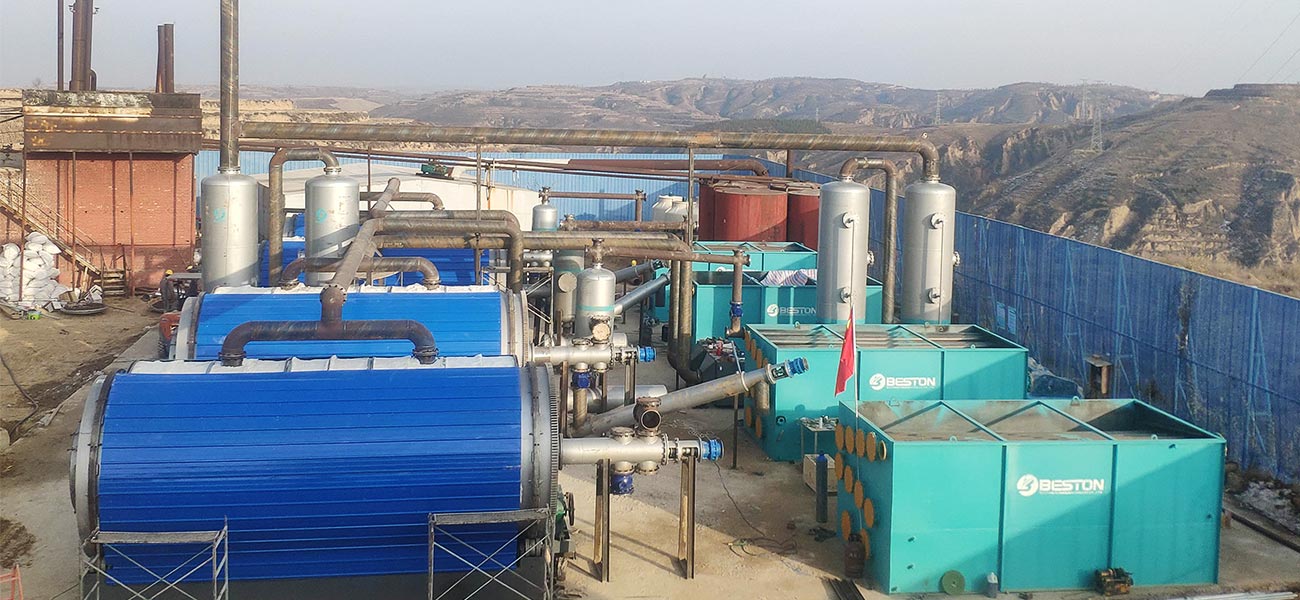In the landscape of environmental remediation, the thermal desorption process stands as an ingenious method, offering a ray of hope in the battle against contaminated sites. This innovative technique embodies a sophisticated approach to purify soil, sediments, or sludge laden with hazardous compounds, effectively restoring environmental integrity.
Deciphering the Mechanism of Thermal Desorption Process
The thermal desorption process operates on the principle of desorption—a process wherein contaminants are separated from the solid matrix through controlled heating. This method involves subjecting the contaminated material to elevated temperatures within a specially designed thermal desorption unit, commonly known as a desorber.
1. Preparation Phase:
Before undergoing the thermal desorption process, the contaminated material undergoes rigorous preparatory stages. This includes segregation, grinding, and moisture removal, ensuring uniform heating and efficient desorption.

2. Desorption Stage:
Within the desorber, controlled heating commences, surpassing the boiling points or vaporization temperatures of the contaminants. As the temperature rises, the contaminants break free from the solid matrix, transforming into vapors or gases.
3. Separation and Collection:
The liberated contaminants are subsequently captured and collected, often through condensation or absorption methods, leaving behind purified soil or material free from hazardous compounds.
4. Post-Treatment Analysis:
After undergoing the thermal desorption process, thorough analysis ensures the efficacy of the treatment, validating the successful removal of contaminants and confirming environmental compliance. More information on oil sludge pyrolysis plant here.
Advantages of Thermal Desorption Process
The utilization of the thermal desorption process offers multifaceted benefits that significantly contribute to environmental remediation efforts:
1. Efficient Contaminant Removal:
The method’s ability to efficiently separate contaminants from the solid matrix ensures thorough remediation, reducing the environmental impact of hazardous substances.
2. Versatility and Applicability:
The process caters to a wide spectrum of contaminants, from hydrocarbons to volatile organic compounds (VOCs), rendering it versatile and adaptable to diverse contaminated sites. Get pyrolysis plant cost here.
3. Resource Recovery:
Depending on the nature of the contaminants, some applications enable the recovery and potential reuse of certain materials, promoting a circular economy approach.
4. Minimal Residual Waste:
Unlike conventional methods that generate substantial waste residues, the thermal desorption process often yields minimal residual waste, aligning with sustainable waste management practices.
Challenges and Innovation in Thermal Desorption Process
While the thermal desorption process showcases remarkable efficacy, certain challenges impede its widespread application. Addressing concerns such as energy consumption, scalability, and cost-effectiveness remains pivotal to optimizing its potential.
Innovation plays a pivotal role in overcoming these challenges. Ongoing research delves into enhancing the energy efficiency of the process through advancements in heating technologies, exploring alternative energy sources, and optimizing operational parameters to minimize environmental impact.
Future Prospects and Sustainability
The future of thermal desorption appears promising as advancements continue to refine this remediation technique. Integration with complementary technologies and methodologies further amplifies its potential impact on global environmental restoration efforts.
Moreover, heightened awareness and regulatory support for sustainable remediation methods like thermal desorption underscore a collective commitment to combatting environmental contamination, fostering a greener and healthier planet.
In conclusion, the thermal desorption process emerges as a beacon of hope in the realm of environmental remediation. Its ability to effectively expunge contaminants from various matrices while embracing sustainable practices epitomizes a transformative solution in safeguarding environmental health and preserving natural ecosystems. See the Beston Group here.